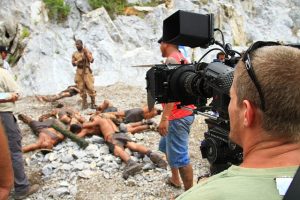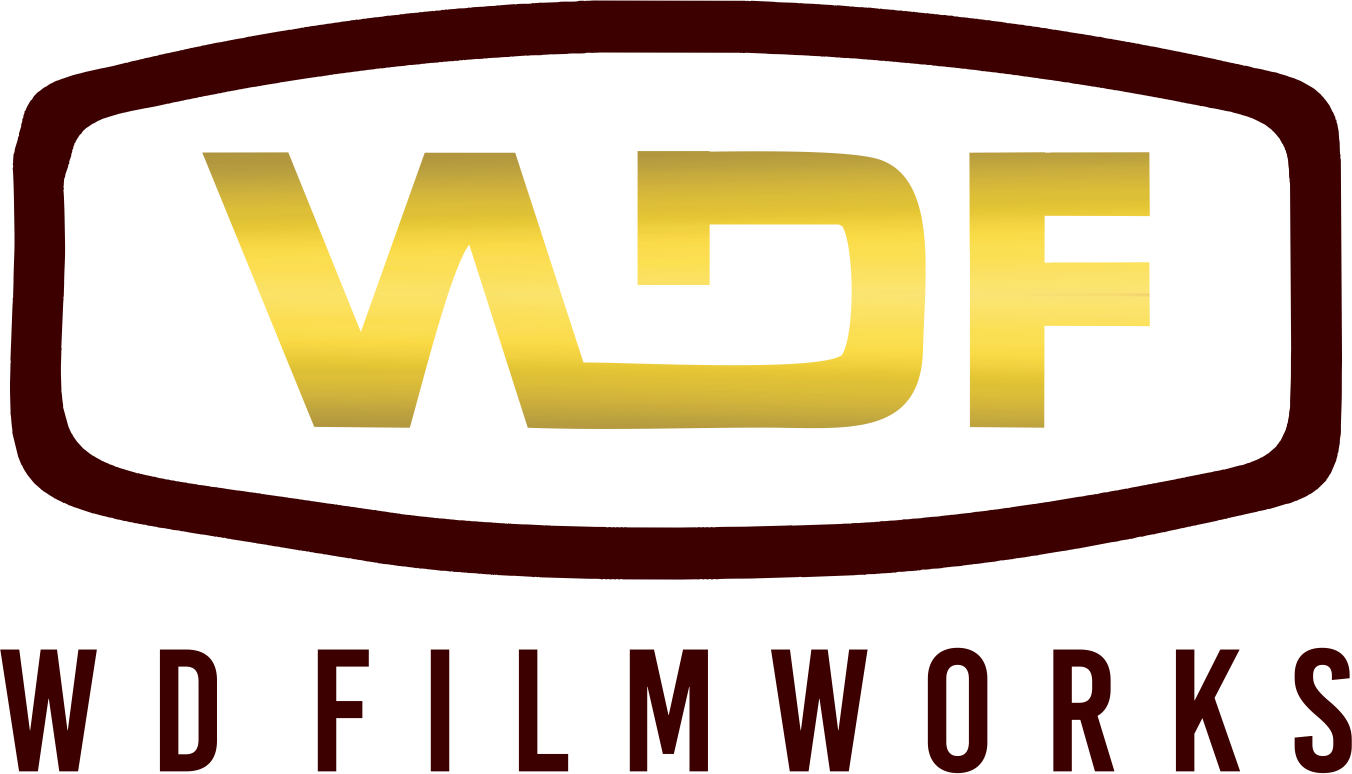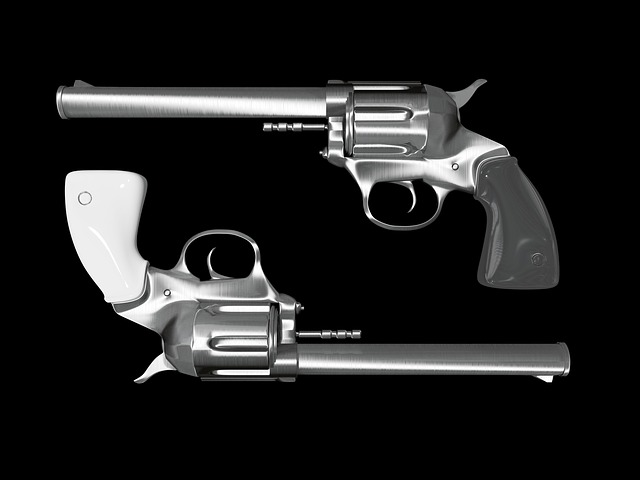Before producing a film,there are many basic steps that need to be taken care of before the camera starts to roll. This post is a pre-production checklist to guide you through the pre-production process, so you can create the best film possible.
What is pre-production? And is pre-production really necessary?
Pre-production is the first phase of the filmmaking process, including scriptwriting, casting, shot listing, gathering props and wardrobe, gathering a crew and creating a budget. These are the most common pre-production steps that most short films carry out. Pre-production includes anything that needs to be done before the director calls “action!” If you are building a set, your pre-production process now includes an art department for design and construction. But is it necessary? 95% of the time the answer to that question is YES!
You might be doing pre-production work and not even know it. The only time pre-production is not necessary is if you are shooting small unscripted videos that require no hard structure, or the structure is so straight forward you are able to memorize it all and keep your thoughts straight. In most cases, you are probably doing a small amount of pre-production, such as writing out a script for a skit, storyboarding a complicated scene in your short film, or researching before interviewing certain people and so on. In this blog post we are going to gear our pre-production steps towards short and independent films.
Pre-production Checklist:
The Script
A good movie starts with a good script. If you don’t believe in the script then why are you making the movie?! The script writing process is the first step in the pre-production process. The script is a written version of your visual masterpiece. It is so important that the other steps in the pre-production checklist cannot be completed until the script is finished. In short: write the script first because it is the cornerstone to a successful film.
Shot List
This is the blueprint for how the film is going to play out visually. It details every shot in the entire film. The shot list’s main function is to organize the film and create a way to shoot the film in the fastest, most efficient way possible. How does it do that? With a shot list, you will be able to see all of your shots and recognize that some shots have similar set ups as others. By shooting the film out of order according to a well constructed shot list, there will be less turnarounds and moving the crew and lights all over the place, leading to more productivity. Create the shot list, save time, and save money!
Crew
Kevin Waczek, said, he created many films when he was part of a one or two man crew, and its definitely not the most efficient way to run a film set! A film is a collaborative art. You need people to help out. Otherwise, you will not be able to perform at the level you want and all the work that you have done on your script and shot list will be for nothing. You will need a producer, director, cinematographer, editor, and sound designer at the very least! From there you can grow your crew by adding an assistant producer (AP), assistant director (AD), camera assistant (AC), gaffer, grips, boom operator, and the list goes on and on. For low budget short films, you will have a smaller crew and a group of five will have to act as ten.0 This made the entire film run smoothly. In conclusion, the scale of your film determines the size of your crew.

Props
Certain props are not that important to the storyline, yet have a significant role on creating the visual world and the surroundings you are going to put your actors into. On the contrary, some props are extremely vital to the storyline and will kill the story if they are absent or poorly executed. Nothing is more cringy thanj a noticeably fake gun or a plastic/rubber knife.
Wardrobe
This section goes hand in hand with character. Character? Yes, that is exactly right. What a character does, says, likes, and hates all reveals his/her character. But those are actions that we see during the movie. What the character looks like and what they are wearing gives us a first impression of who that character is. Also, wardrobe can show a transformation in characters. The superhero taking off his street clothes to get into uniform is one obvious example.
Casting
Casting is essential, and unlike the rest of the steps we have talked about in pre-production this one is in front of the camera for the duration of the film. Selecting quality actors is a key element to making a good film. I hope you can spot the trend. It seems like there are many things you must do right to make a good film, and one bad decision can turn it into a catastrophe. Moving back to casting, there are a couple steps involved to make sure you are picking strong, capable actors. The first is to release a casting call – a message telling the world that you are making a film and that you need actors. It is important to request headshots, a resume, and a reel so you can get an understanding of how your possible actors look and perform on screen. The second is an audition. This is where you can see your potential actors in person and make your final decision.
Budget
Lastly, we have the budget. Budget is an interesting topic. Some films have a budget and others are trying to get by without paying a penny. Composing a budget can come from a variety of sources: investors, crowdfunding, friends and family, and even yourself. Try your best to gather what you can and make the most out of it.
We hope you found this post helpful? Please, feel free to leave a comment.
Source: https://www.thefilmmakersblog.com/blog/pre-production-the-right-way-to-start-filming


